 Note: This is a guest post written by DJ Miller
Note: This is a guest post written by DJ Miller
Have you ever been expecting that important business call or email from a client, only to realize you had no service? With the evolution of smartphones, so has the transition of businesses to start relying more and more on interactions through mobile devices. However, no matter how advanced cellular service gets, there will always be places where you just cannot get reception.
The rapid pace at which companies are expanding service indicates that some of these problems will eventually be solved. But, for now, there are many places and situations where your cellular phone may be disconnected.
What Determines Your Reception?
Cellphone reception is a combination of two things. First, the network of towers and base stations are transmitting a frequency usually around 10 square miles. Second, your phone must be in a position to accept and respond to these frequencies without hindrance. As you can imagine or experienced, there sometimes develops a discrepancy between the two which results in dropped calls and poor reception.
So if you need to be contacted for an important deal you may want to avoid the 5 places below.
Metal and Concrete

Even the best T-Mobile Blackberry phones have difficulty getting a signal in a room that is made of concrete or metal. If you are in a building that has concrete walls reinforced by metal, then getting cellular phone reception may be extremely difficult. Metal siding on homes and office buildings will also block out cellular signals.
Tunnels are also a common area of dropped calls because they are completely surrounded by metal and concrete which blocks all incoming and outgoing signals. Although most people do not spend hours in a tunnel, it could result in a lost business call that may frustrate the client.
In the past, underground subways were affected by the blocking of frequencies because of concrete and metal. However, many metro sub stations were wired to allow the transmitting of frequencies to and from cellphones. Several of the other black hole areas may need to follow the trend of subway stations, especially with the growing dependency on mobile phones.
Cruise Ships

Believe it or not, most cellular phones can get service while you are flying in a plane, so long as that plane is flying over an area that has service. But one part of the world that does not have cellular service just yet is the ocean. If you are getting ready for a cruise and will absolutely need to have some kind of phone service, then you will need a satellite phone to make calls. But you will want to check with the cruise ship company first. Most cruise ships have phones you may be able to use to call shore for a hefty price, and some cruise lines do not allow satellite phones.
Bakersfield, California
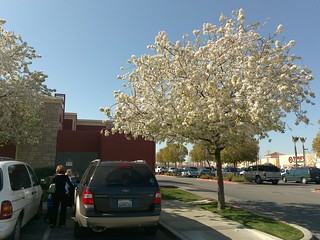
There are plenty of populated areas that have bad cellular phone service all over the country, but the worst of them all is Bakersfield, California. According to Time Magazine, Bakersfield ranks ahead of places like Tucson, Arizona and Lincoln, Nebraska as having the absolute worst cellular reception in the United States. The city is spreading out and growing quickly, which could be the main reason why service is so bad. There are not enough towers to cover the area and there are too many people fighting over the available frequencies. If you are traveling and expecting an important call, you may want to avoid a layover in Bakersfield, California.
Valleys
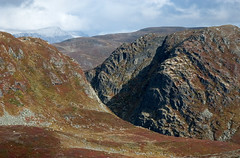
It is possible to get cellular reception in a desert if you are within range of a tower. But if you are in a mountain valley that obscures all of the cellular towers in your area, then you are not getting reception. Mountains will be more apt to cause problems with your cellular phone than almost any other kind of natural boundary. The main reason for this is that signals from the towers cannot adjust to the variations. A signal is a radio wave sent from point A to point B. However, when geographical factors block or disrupt this wavelength, it will not reach its destination.
Big Cities

Detroit and Los Angeles are huge cities with large skyscrapers. They are also black holes for cellular phone service. Detroit is a great example of an urban jungle that has turned into a cellular wasteland. The city is filled with huge buildings that all block out cellular service.
It could be corrected by having the cellular providers install more towers, but the declining population of the city makes towers a bad investment. In New York City, there are cellular towers all over the place, which helps to improve reception for everyone. But if you walk down a street in downtown Detroit that is lined with extremely tall buildings, then your cell phone probably won’t get much in the way of reception.
These days it seems like cellular towers are everywhere. But there are still plenty of places where it is difficult, if not impossible, to get cellular reception. It is just a matter of time until there is reception everywhere. However, for now, if you are expecting an important call or email you may want to avoid the places above.

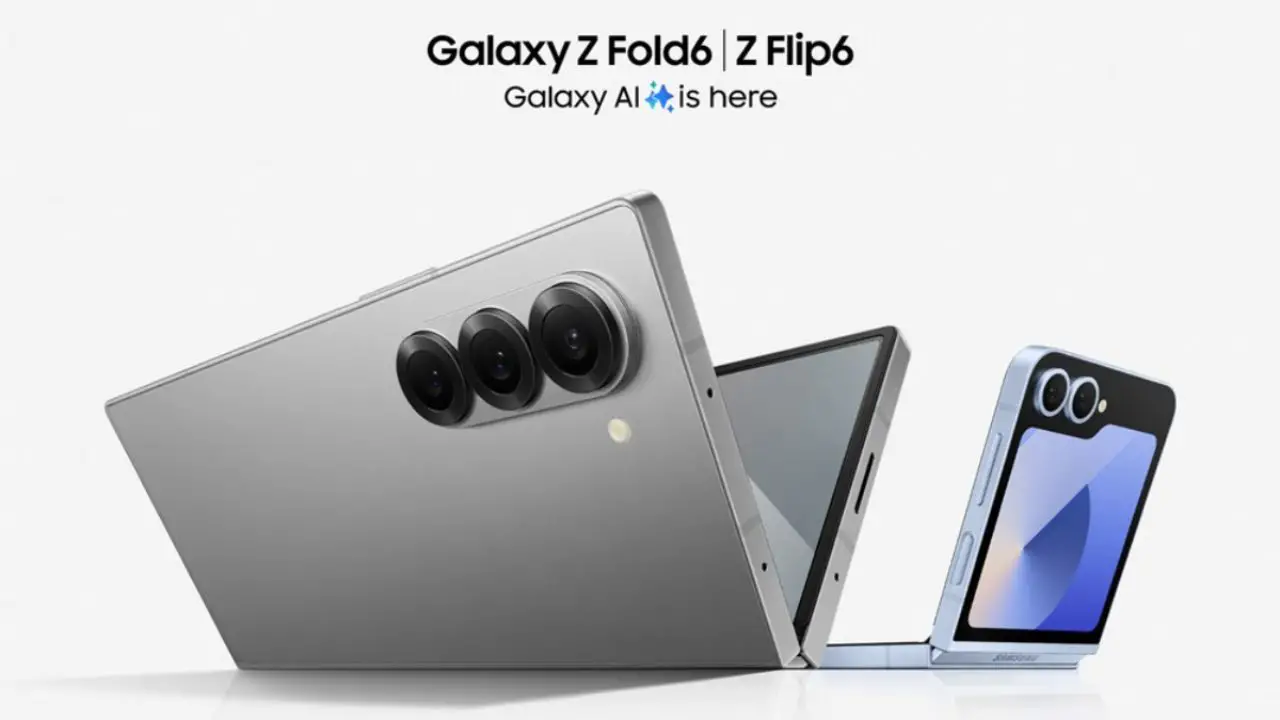
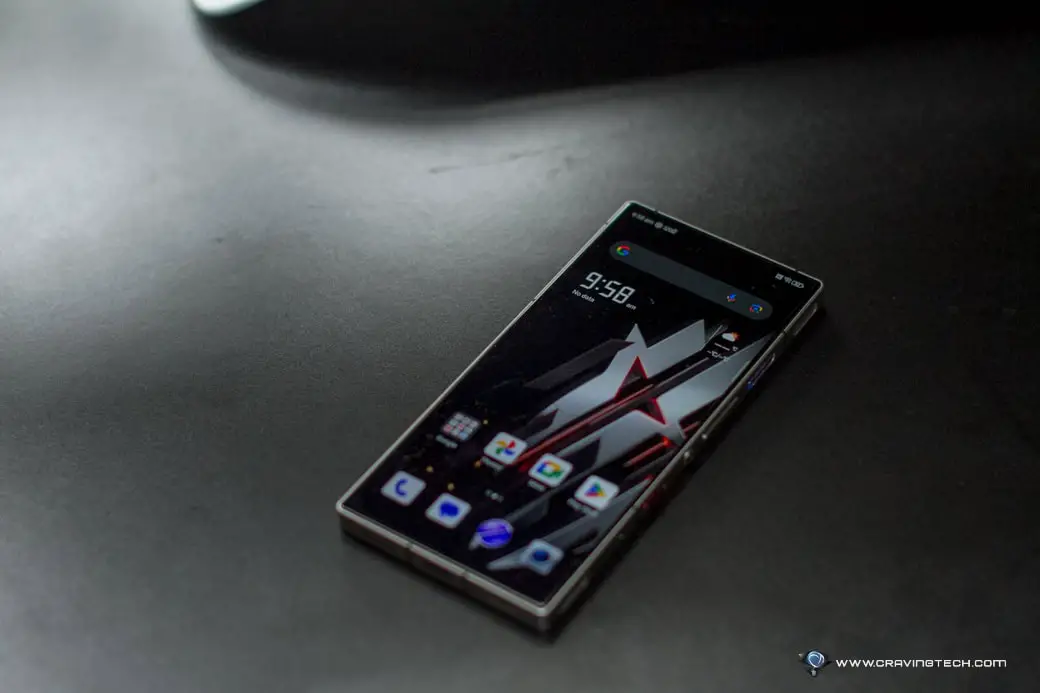


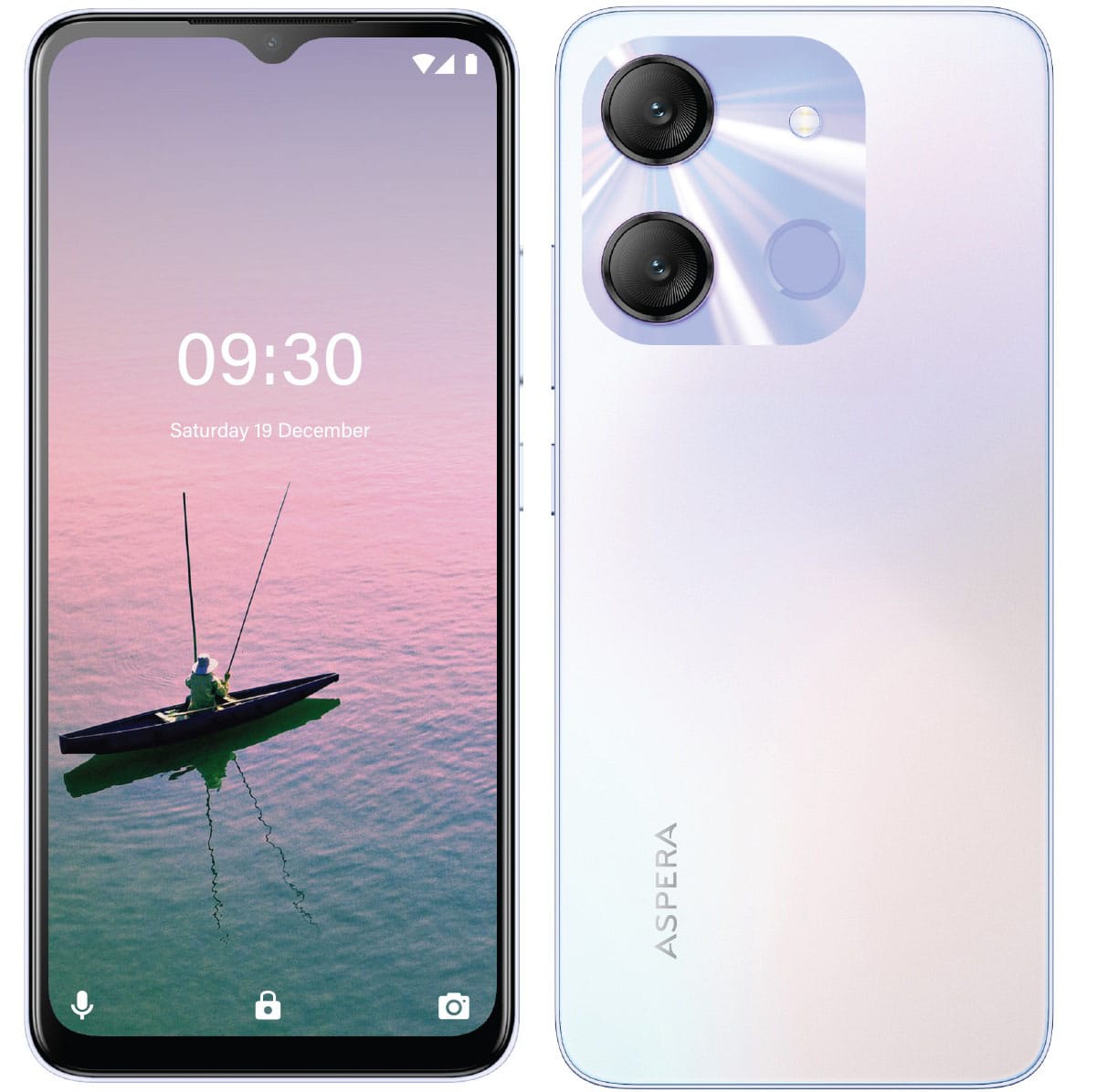
Comments are closed.